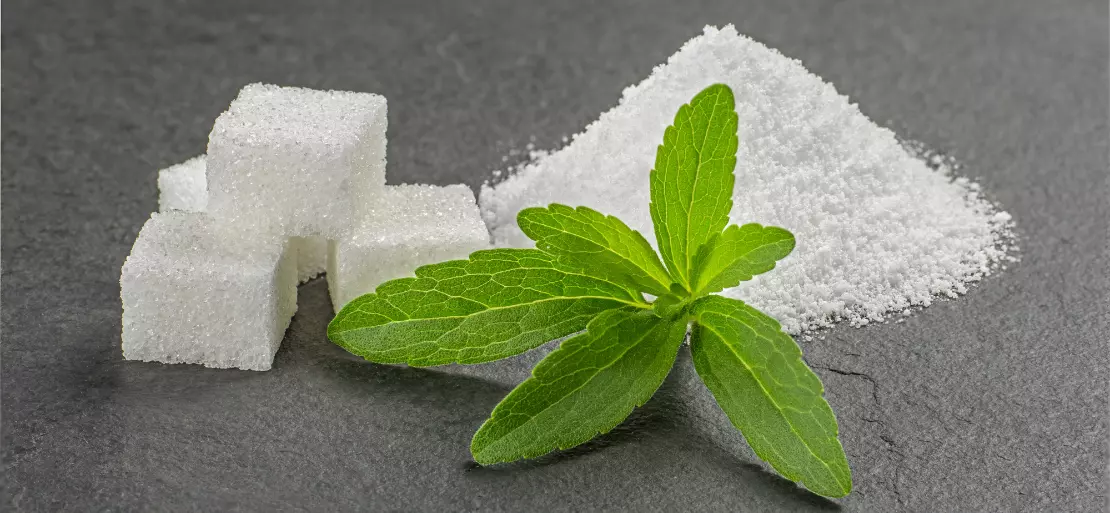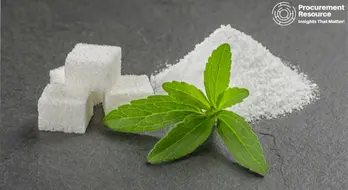Sanction on the Framework on Steviol Glycosides by Codex Alimentarius Announced by the International Stevia Council

The International Stevia Council (ISC) is pleased to report that Codex Alimentarius (Codex), the international food safety authority, has just accepted the Framework for Steviol Glycosides, which includes four different technologies for steviol glycoside generation. The framework and these manufacturing methods will provide a large percentage of the globe access to the complete range of stevia components. They will continue to meet customer demand for healthier goods.
Stevia leaf extract, steviol glycosides from bioconversion, steviol glycosides from fermentation, and glucosylated steviol glycosides are currently among the four steviol glycoside manufacturing procedures allowed by Codex. Many notable breakthroughs in the stevia ingredient sector have led to the creation of next-generation steviol glycosides with reduced bitterness and liquorice aftertaste and an enhanced clean taste like the taste of sugar in the last five years.
New technologies have transformed the stevia business by allowing for the long-term manufacturing of steviol glycosides like Reb M and Reb D, which have a superior sensory profile and a cleaner taste but are present in lesser concentrations in the stevia leaf. These substances are safe alternatives to sugar and other sweeteners for all populations.
ISC executive director Maria Teresa Scardigli said, ISC was crucial in having this new framework authorised, which benefits the global stevia business. Scardigli explained that the Framework approach enables business operators to sell steviol glycosides generated through their various technologies without submitting new dossiers if they meet the stated requirements and standards per technology.
This is based on the authorities' examination of the production technique, assuring the most significant degree of safety, purity, and quality for the final steviol glycoside component put on the market.
It expands the range of stevia applications and allows for stevia from a variety of manufacturing processes, depending on the formulation. Stevia is still in high demand among consumers. According to the data from Innova, worldwide stevia product introductions have surged by 21.9 percent CAGR more than the last ten years (2011-2021).
The bulk of product debuts took place in North America, Asia, and Western Europe within the same period. Furthermore, during the same period, new stevia-based product releases increased by more than 35 percent in regions such as Eastern Europe, Australasia, Africa, and the Middle East. The acceptance of stevia by Codex will expand the market for its usage.
Beverage continues to be the most popular area for new stevia product introductions, but sports nutrition, supplements, dairy, snacks, and confectionery are also multiplying. Desserts, ice cream, bread items, and cereals are new developing categories.
According to Nielsen, stevia-containing products account for USD 3.9 billion of overall food and retail beverage sales in the United States across all food categories. Diet and performance nutrition have seen better growth rates in the US over the last two years and are expanding faster than similar products utilising alternative sweeteners, owing to the epidemic.
As per the Innova data, from 2011 to 2021, Western Europe saw a 38.0 percent increase in stevia-based products, with a 10-year CAGR of 38.0 percent. About 62.2 percent of the launches occurred in five countries: the United Kingdom, Germany, the Netherlands, France, and Spain.
In 2021, a substantial part of product releases in Western Europe will be in the sports nutrition category, which surpassed soft drinks in 2018. Few other prominent categories are soft drinks, supplements, confectionery, hot drinks, desserts, ice cream, and dairy. The global trend of sugar reduction is anticipated to remain top of mind and relevant for consumers, given the expansion of this market segment.
Scardigli stated that they are sure that their organisation will continue to make gains in their vision and strategic imperatives as they look forward to 2022 and beyond. The objective is to enhance people's diets and health worldwide by addressing sugars and calories in food, promoting stevia and steviol glycosides as safe and reliable sweeteners, and promoting their wide range of applications as a sweetener.

